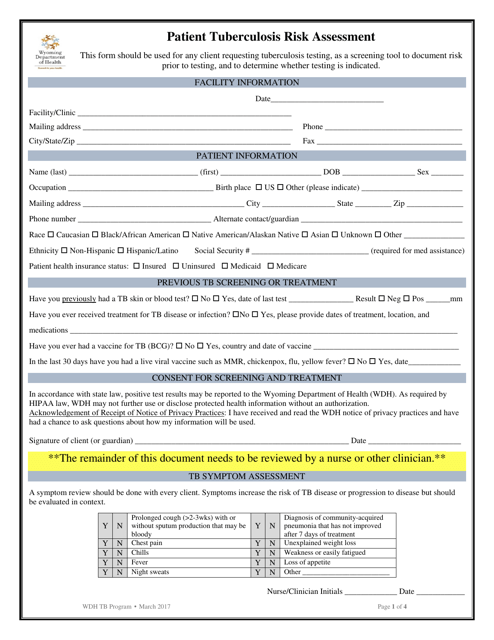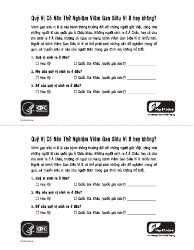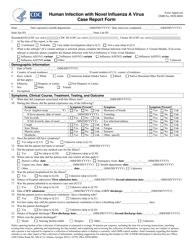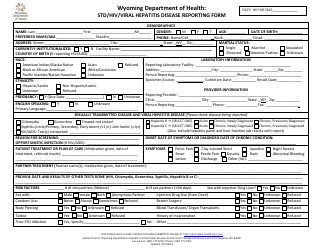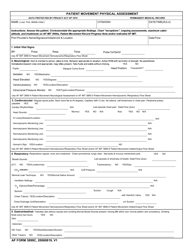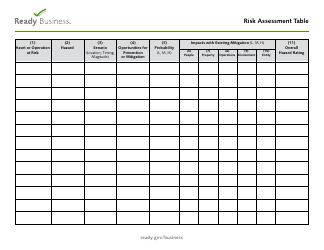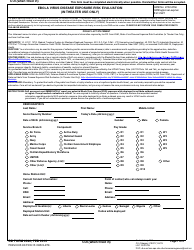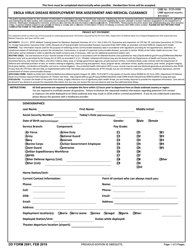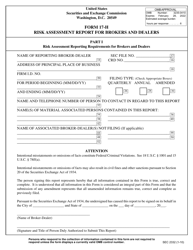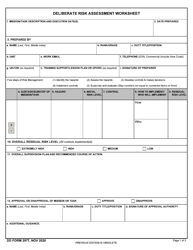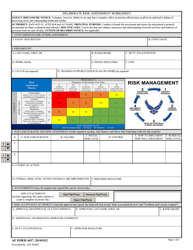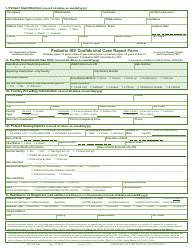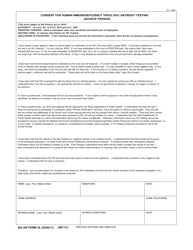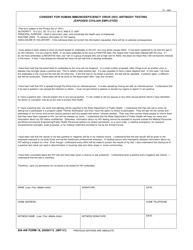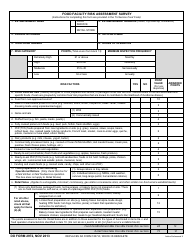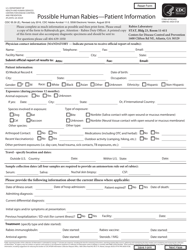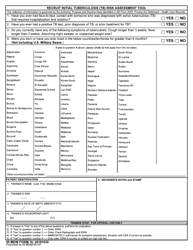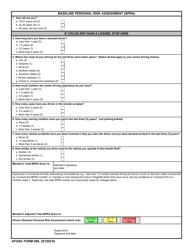Patient Tuberculosis Risk Assessment - Wyoming
Patient Tuberculosis Risk Assessment is a legal document that was released by the Wyoming Department of Health - a government authority operating within Wyoming.
FAQ
Q: What is tuberculosis?
A: Tuberculosis (TB) is an infectious disease that mainly affects the lungs.
Q: How do people get infected with tuberculosis?
A: TB is usually spread through the air when infected individuals cough, sneeze, or talk.
Q: What are the symptoms of tuberculosis?
A: Common symptoms include persistent cough, fever, fatigue, weight loss, and night sweats.
Q: Who is at risk of getting tuberculosis?
A: People with weakened immune systems, such as those with HIV/AIDS, are more susceptible to TB. Others at risk include close contacts of infected individuals and individuals living in crowded or unsanitary conditions.
Q: How is tuberculosis diagnosed?
A: TB can be diagnosed through a combination of a physical examination, medical history, and various tests including a chest X-ray, skin test, and sputum analysis.
Q: How is tuberculosis treated?
A: TB is typically treated with a combination of antibiotics taken for several months. It's important to complete the full course of treatment to prevent the development of drug-resistant strains.
Q: Is tuberculosis preventable?
A: Yes, TB can be prevented through measures such as vaccination, proper infection control practices, and early detection and treatment of cases.
Q: Are there any resources available in Wyoming for tuberculosis testing and treatment?
A: Yes, Wyoming has healthcare facilities and clinics that offer TB testing, treatment, and support services. Contact your local health department for more information.
Form Details:
- Released on March 1, 2017;
- The latest edition currently provided by the Wyoming Department of Health;
- Ready to use and print;
- Easy to customize;
- Compatible with most PDF-viewing applications;
- Fill out the form in our online filing application.
Download a printable version of the form by clicking the link below or browse more documents and templates provided by the Wyoming Department of Health.
